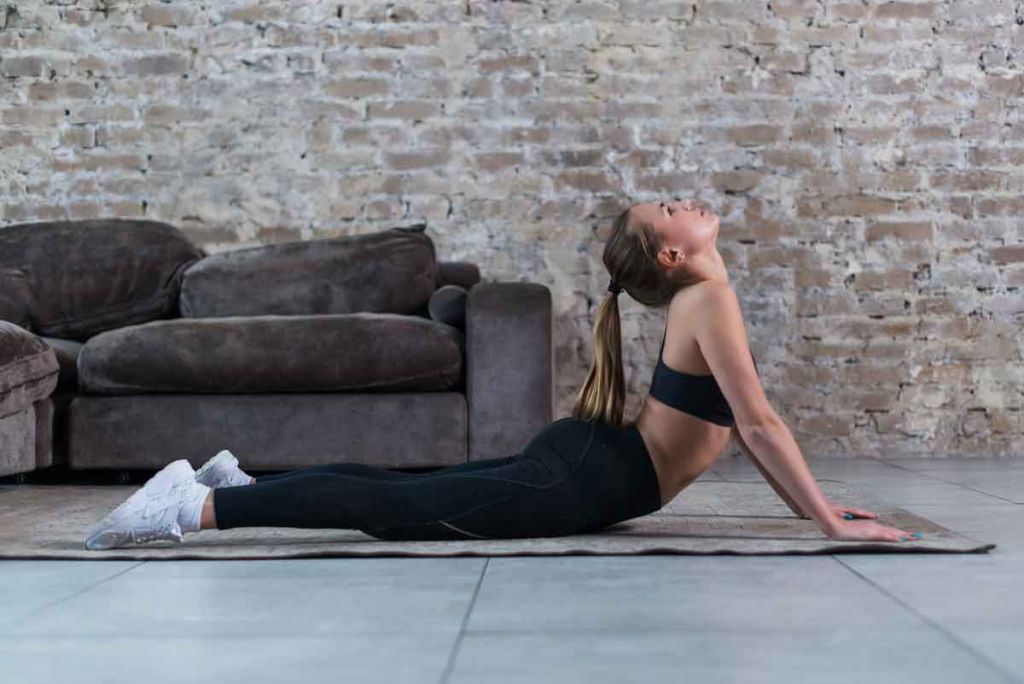
There’s some interesting data shared in a study [1. Can 5 minutes of repetitive prone press-ups and sustained prone press-ups following a period of spinal loading reverse spinal shrinkage?] found in the journal of Physiotherapy Theory and Practice. It looked at the possible reversal of spinal shrinkage through press-ups and spinal loading.
Understanding Spinal Height and LBP
Press-up exercises are commonly recommended by clinicians for preserving spinal health as well as to lower changes of Low back pain (LBP). There’s still a lot of research required in the field of LBP to help millions of people around the globe.
Take note, degenerative lumbar intervertebral disc or IVD conditions are highly prevalent in asymptomatic individuals aged 10 to 29 years. According to past studies, spinal degeneration is associated with spinal height loss and thus, leading to LBP, nerve root compression syndrome, and spinal stenosis.

What was the Objective?
The said study was conducted to investigate whether or not sustained, and repetitive prone press-ups (following spinal loading) could possibly play a role in reversing decreased spinal height. It was also to monitor any possible correlation between spinal height gains and the degree of end range of motion spinal extension.

The Study
A Pretest-posttest crossover design was implemented for the current study. A total of 32 participants (20 females and 12 males) were a part of it. The participants (between 20 to 45 years of age) were asymptomatic with no current complaints of spinal related symptoms. They had no history of LBP.
The study involved participants being seated in the stadiometer. They sat for 5 minutes with a 4.5-kg weight placed on each shoulder. The said load was removed for 5 minutes. A stadiometer was used to measure the participant’s spinal height before and after 5 minutes of sustained or repetitive prone press-ups.
This study used Two-by-two repeated-measures ANOVA. This was done to identify any possible significant interactions as well as main effects.
What were the Results?
The results of the study showed that there wasn’t a significant interaction present between sustained vs repetitive press-ups as well as the time before and after each prone press-up strategy and no main effect for strategy (repetitive vs. sustained press-ups).
However, a significant main effect for time (after vs. before press-ups) was observed. Furthermore, no correlation was seen between spinal height changes and the degree of end ROM spinal extension after press-up strategies.
The Limitations
This involved the measurements being taken at different times during the day. Also, the sample size of 32 participants didn’t achieve the projected number of 34.
What does it all mean?
The conclusion offered by this study was that spinal height was increased by repetitive and sustained press-ups following a period of spinal loading.
The study’s conclusion put forth the observation that such strategies could be utilized to aid in recovering spinal height as well as to reduce the effects associated with decreased spinal height due to certain daily activities.
Share Now